Expert Voices Paul Sutter: Explaining astrophysics and astronomy
Join our Space Forums to keep talking space on the latest missions, night sky and more! And if you have a news tip, correction or comment, let us know at: community@space.com.
Latest about expert voices paul sutter
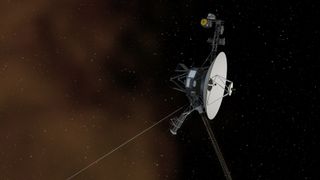
Lost in space? Here's a new method to find your way back home.
By Paul Sutter published
Space is big — really big. And if you want to successfully navigate the interstellar depths of our galaxy, you're going to need some sort of reliable system.

Gravitational wave 'memories' could help us find elusive cosmic strings
By Paul Sutter published
Many theories of the early universe predict that the cosmos should be flooded with cracks in space-time, called cosmic strings, but no cosmic strings have been detected yet.
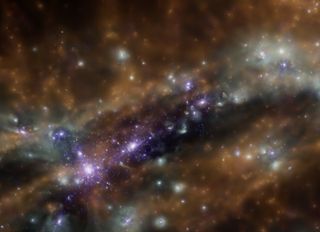
Is there a pattern to the universe?
By Paul Sutter published
For decades, cosmologists have wondered if the large-scale structure of the universe is a fractal — that is, if it looks the same no matter how large the scale.
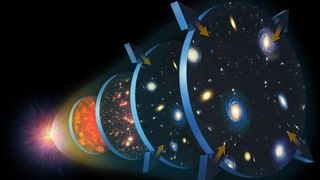
Will we ever know exactly how the universe ballooned into existence?
By Paul Sutter published
Physicists have long been unable to describe what happened just after the Big Bang when a teensy blip ballooned into the universe, a process called inflation. We may know why.
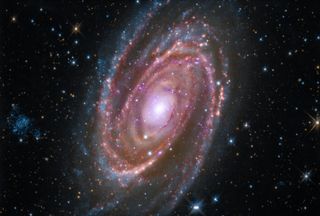
Galaxies, the cosmic cities of the universe, explained by astrophysicist
By Paul Sutter last updated
Galaxies are glittering cities, massive metropolises full of stars, dust, gas, black holes, magnetic fields, cosmic rays, dark matter and more.
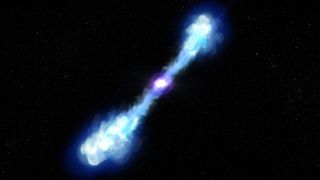
Gamma-ray bursts don't get kicked around
By Paul Sutter published
For years, astronomers thought that the objects responsible for short gamma-ray bursts get kicked out of their home galaxies shortly after they're born. But new observations prove otherwise.

A mission to Uranus and Neptune could act as massive gravitational-wave detector
By Paul Sutter published
What if one mission could study the gravitational ripples triggered by some of the most violent events in the universe — on the way to observing the least-known planets of our solar system?
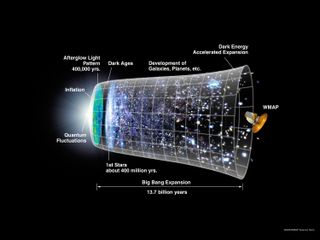
The 1st few seconds of the Big Bang: What we know and what we don't
By Paul Sutter published
Believe it or not, physicists are attempting to understand the universe when it was only a handful of seconds old.
Get the Space.com Newsletter
Breaking space news, the latest updates on rocket launches, skywatching events and more!


